
Product
Socket Now Supports pylock.toml Files
Socket now supports pylock.toml, enabling secure, reproducible Python builds with advanced scanning and full alignment with PEP 751's new standard.
FURY - Free Unified Rendering in pYthon. A free and open-source software library for Scientific Visualization and 3D animations
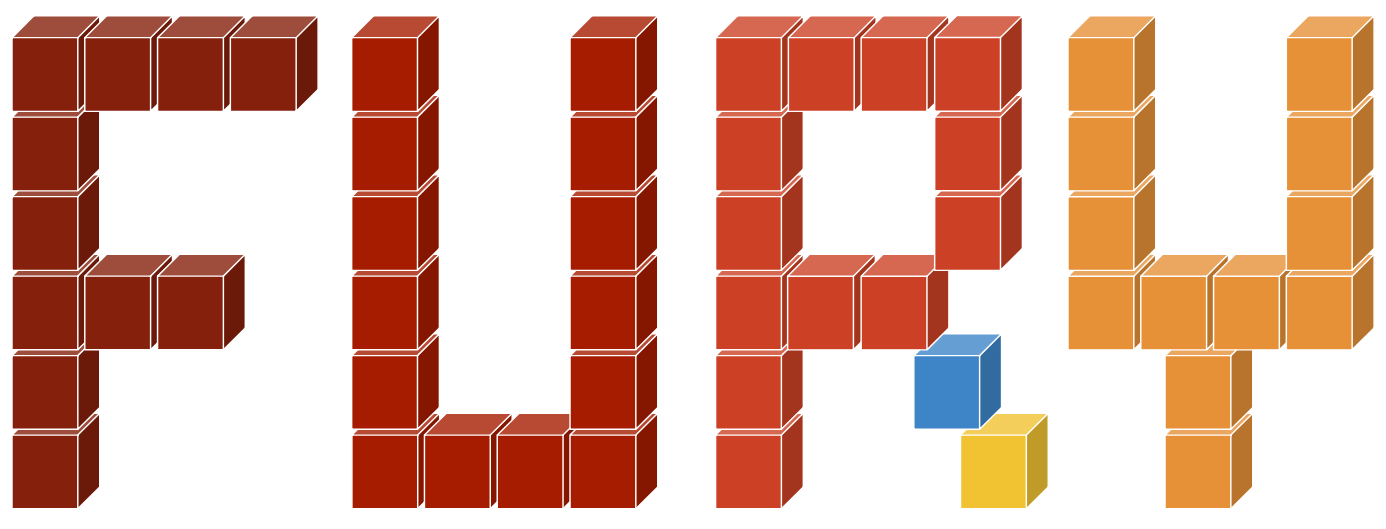
General Information • Key Features • Installation • How to use • Credits • Contribute • Citing
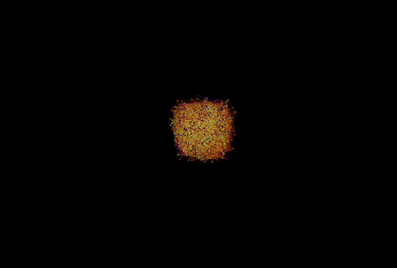 |  | 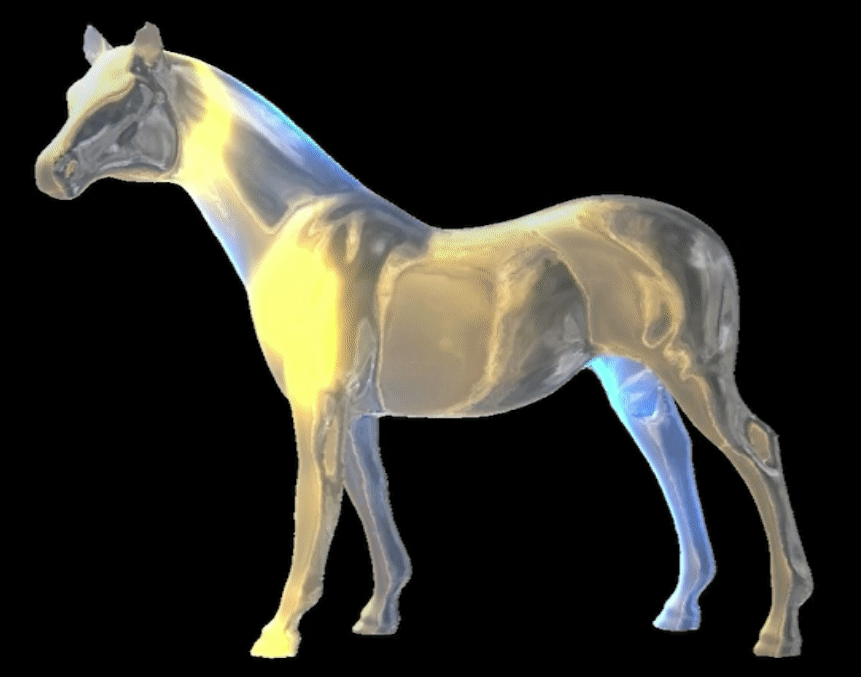 |
| Network Visualization | Swarming/flocking simulation based on simple boids rules | Easy shader effect integration. |
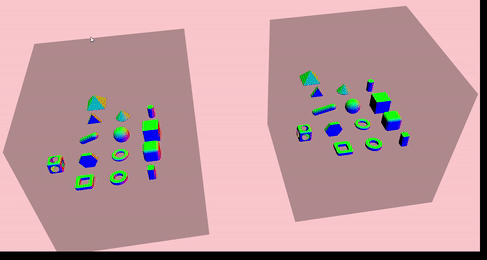 | 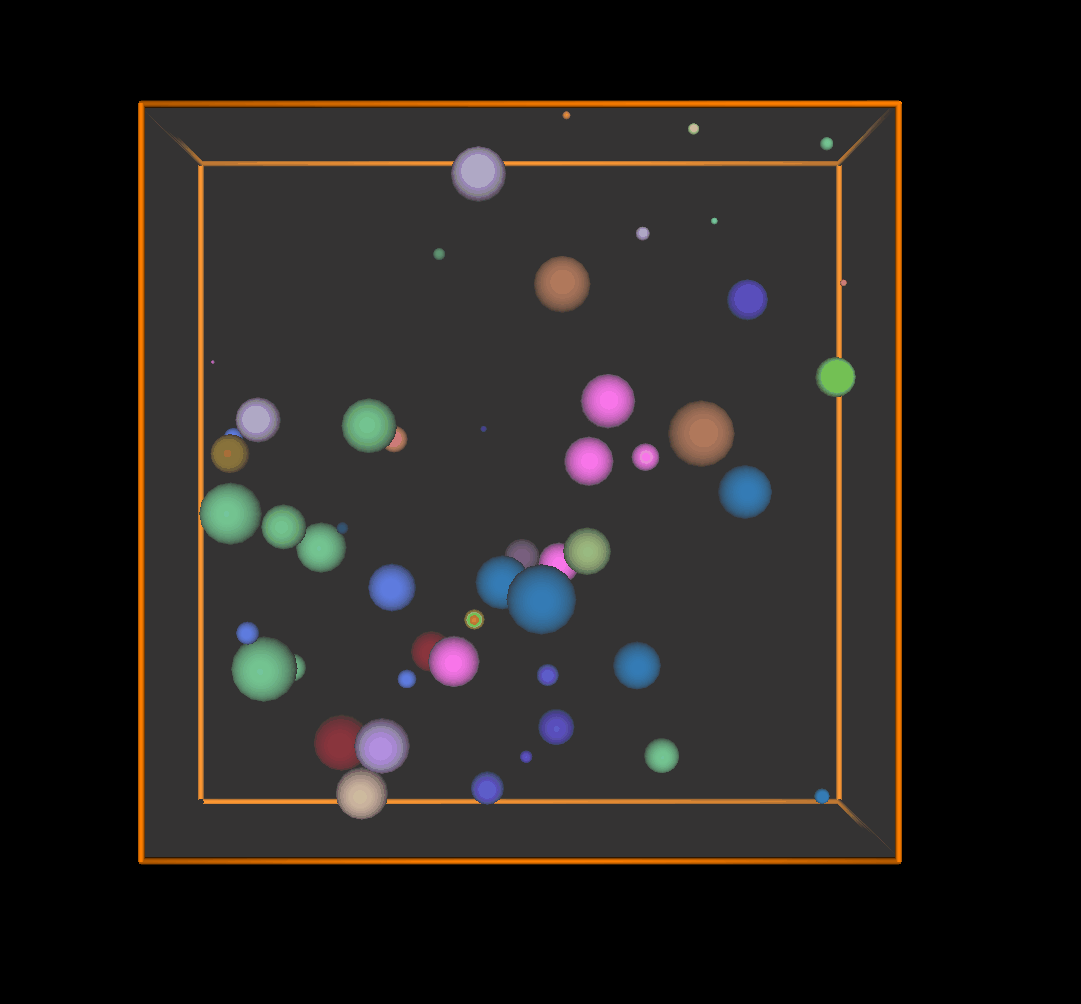 | 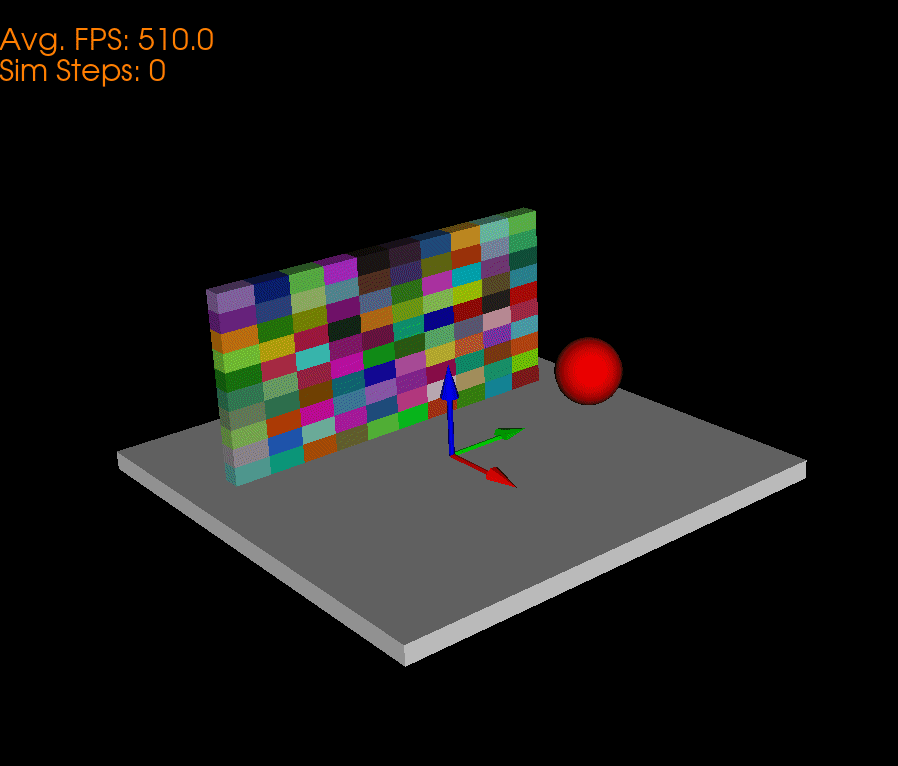 |
| Ray Marching and Signed Distance Functions | Particle collisions | Interoperability with the pyBullet library. |
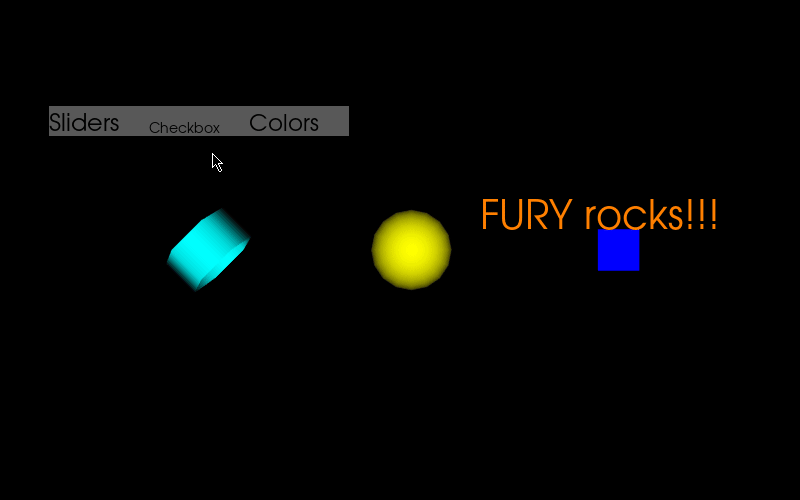 |  | 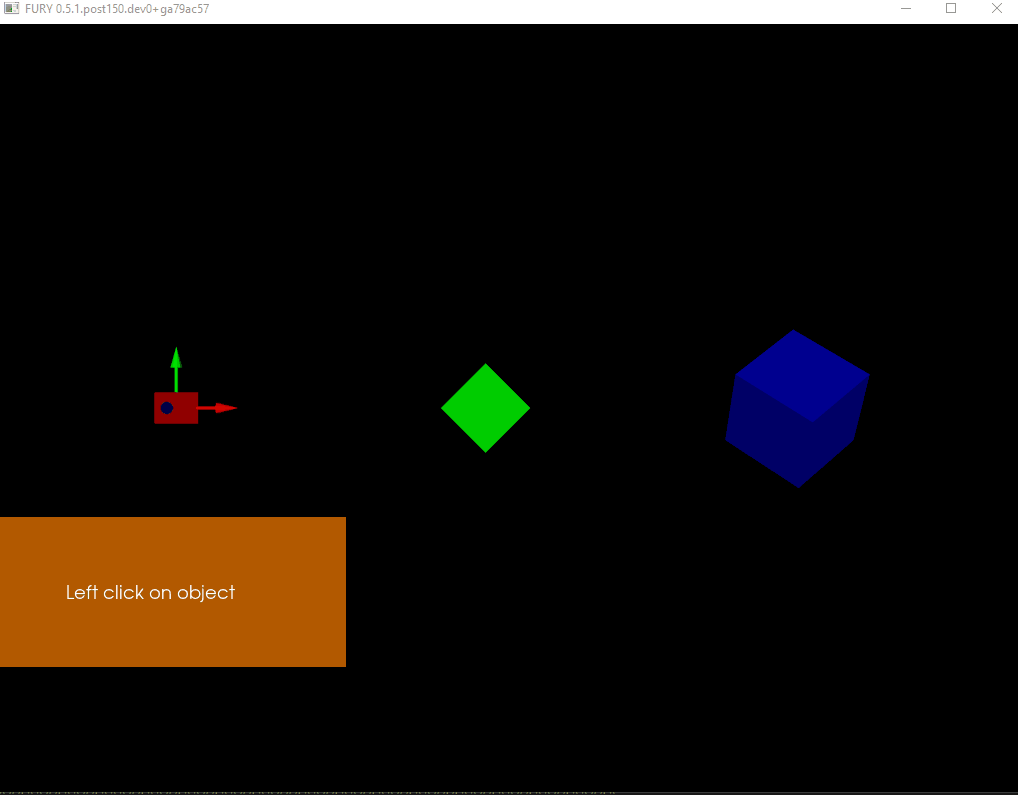 |
| Custom User Interfaces | Shaders and SkyBox integration | Easy picking manager |
pip install fury or conda install -c conda-forge fury
Step 1. Get the latest source by cloning this repo:
git clone https://github.com/fury-gl/fury.git
Step 2. Install requirements:
pip install -r requirements/default.txt
Step 3. Install fury
As a local project installation using:
pip install .
Or as an "editable" installation using:
pip install -e .
If you are developing fury you should go with editable installation.
Step 4: Enjoy!
For more information, see also installation page on fury.gl
After installation, you can install test suite requirements:
pip install -r requirements/test.txt
And to launch test suite:
pytest -svv fury
There are many ways to start using FURY:
Please, go to contributors page to see who have been involved in the development of FURY.
We love contributions!
You've discovered a bug or something else you want to change - excellent! Create an issue!
If you are using FURY in your work then do cite this paper. By citing FURY, you are helping sustain the FURY ecosystem.
Eleftherios Garyfallidis, Serge Koudoro, Javier Guaje, Marc-Alexandre Côté, Soham Biswas,
David Reagan, Nasim Anousheh, Filipi Silva, Geoffrey Fox, and Fury Contributors.
"FURY: advanced scientific visualization." Journal of Open Source Software 6, no. 64 (2021): 3384.
https://doi.org/10.21105/joss.03384
@article{Garyfallidis2021,
doi = {10.21105/joss.03384},
url = {https://doi.org/10.21105/joss.03384},
year = {2021},
publisher = {The Open Journal},
volume = {6},
number = {64},
pages = {3384},
author = {Eleftherios Garyfallidis and Serge Koudoro and Javier Guaje and Marc-Alexandre Côté and Soham Biswas and David Reagan and Nasim Anousheh and Filipi Silva and Geoffrey Fox and Fury Contributors},
title = {FURY: advanced scientific visualization},
journal = {Journal of Open Source Software}
}
FAQs
FURY - Free Unified Rendering in pYthon. A free and open-source software library for Scientific Visualization and 3D animations
We found that fury demonstrated a healthy version release cadence and project activity because the last version was released less than a year ago. It has 2 open source maintainers collaborating on the project.
Did you know?

Socket for GitHub automatically highlights issues in each pull request and monitors the health of all your open source dependencies. Discover the contents of your packages and block harmful activity before you install or update your dependencies.

Product
Socket now supports pylock.toml, enabling secure, reproducible Python builds with advanced scanning and full alignment with PEP 751's new standard.

Security News
Research
Socket uncovered two npm packages that register hidden HTTP endpoints to delete all files on command.

Research
Security News
Malicious Ruby gems typosquat Fastlane plugins to steal Telegram bot tokens, messages, and files, exploiting demand after Vietnam’s Telegram ban.